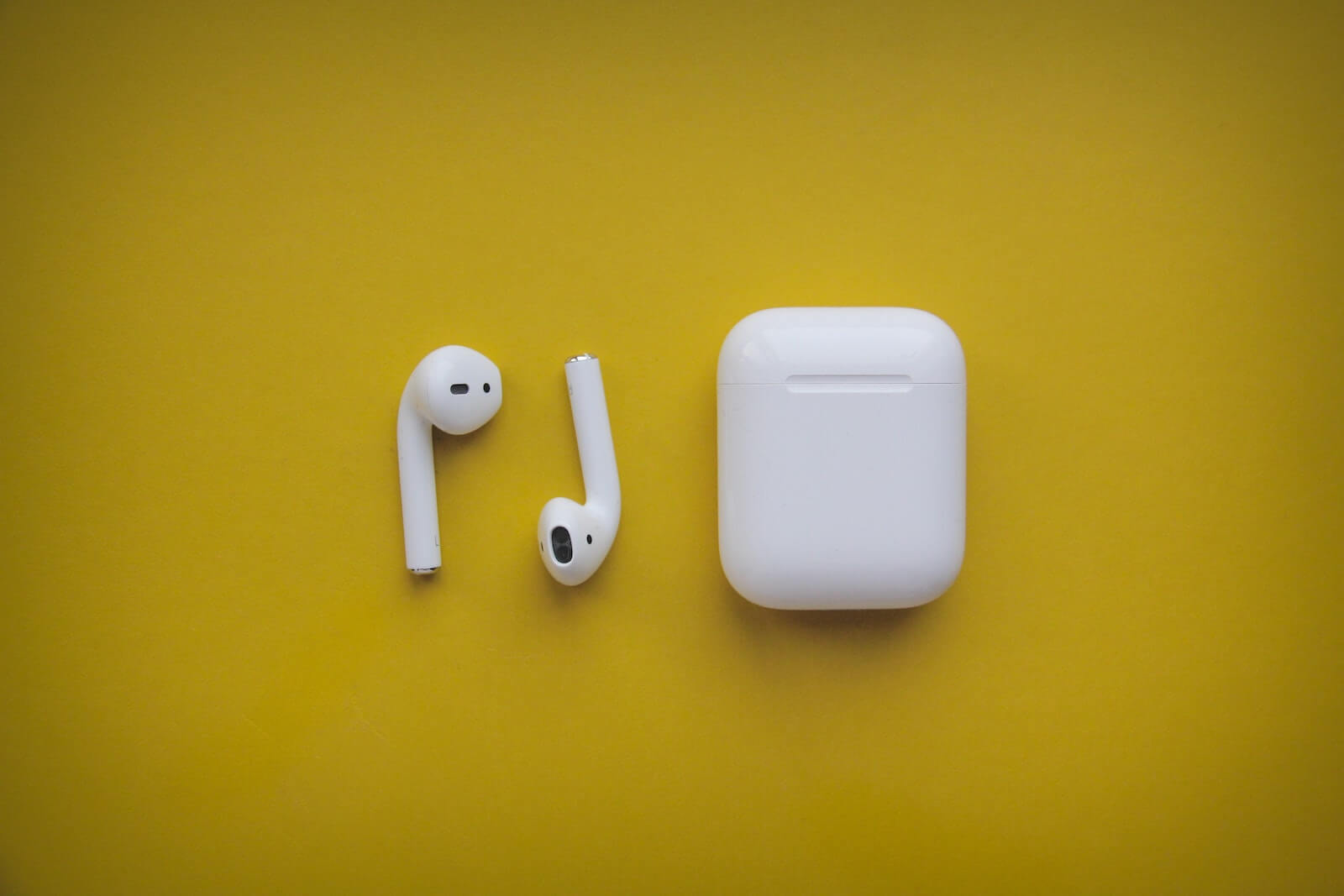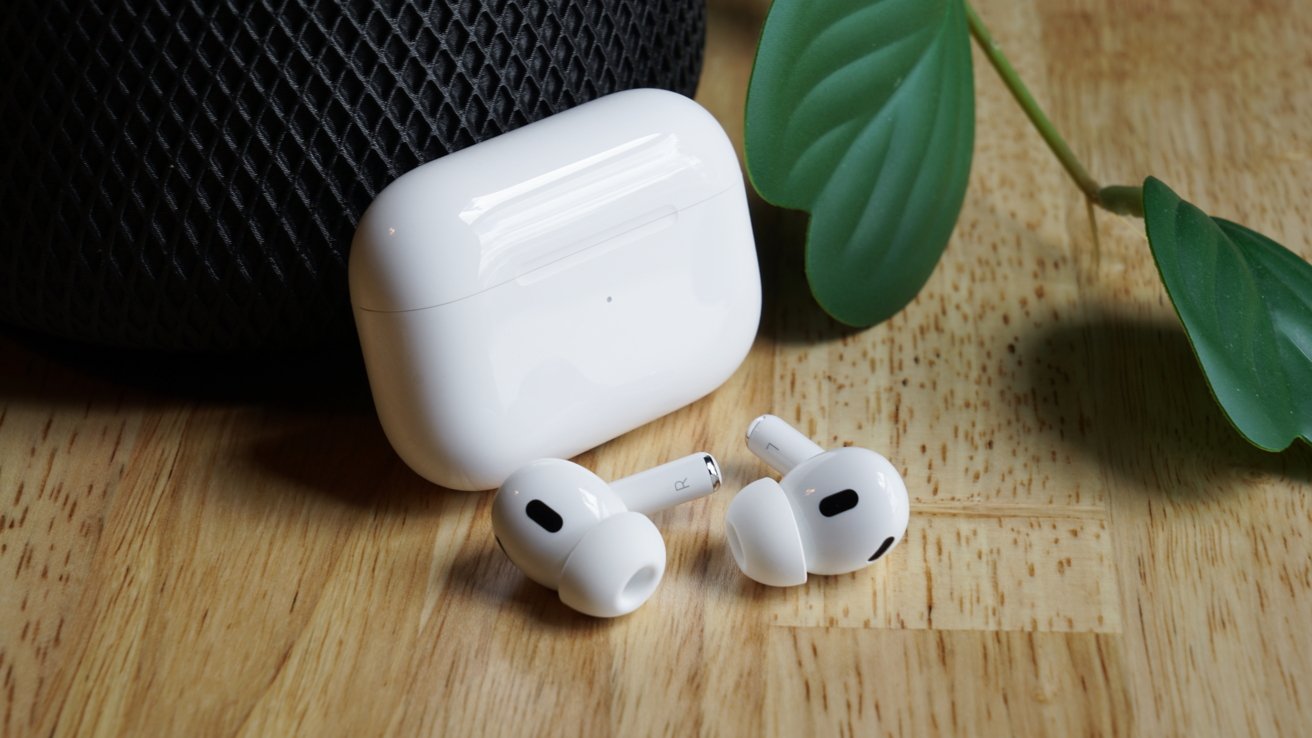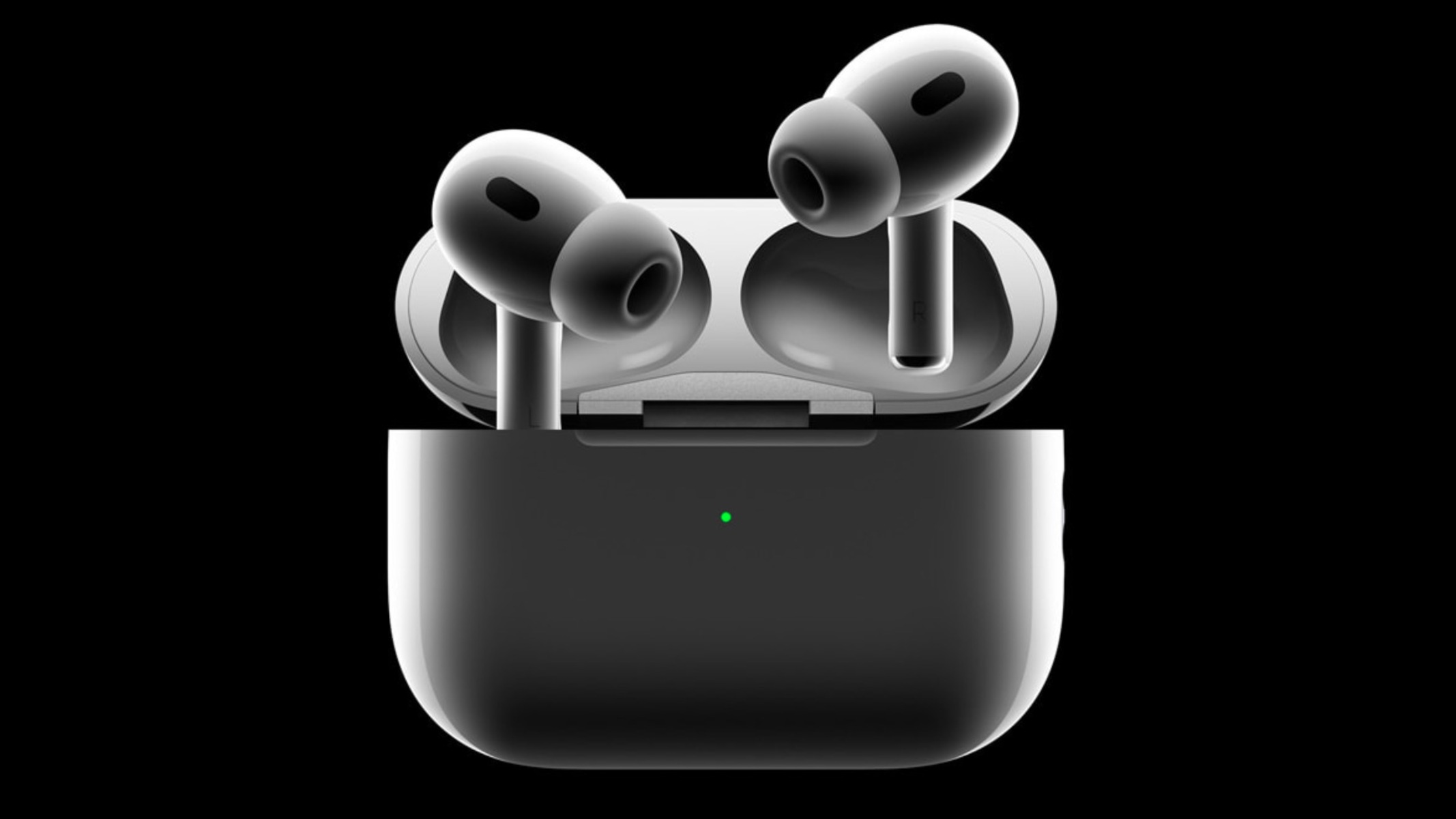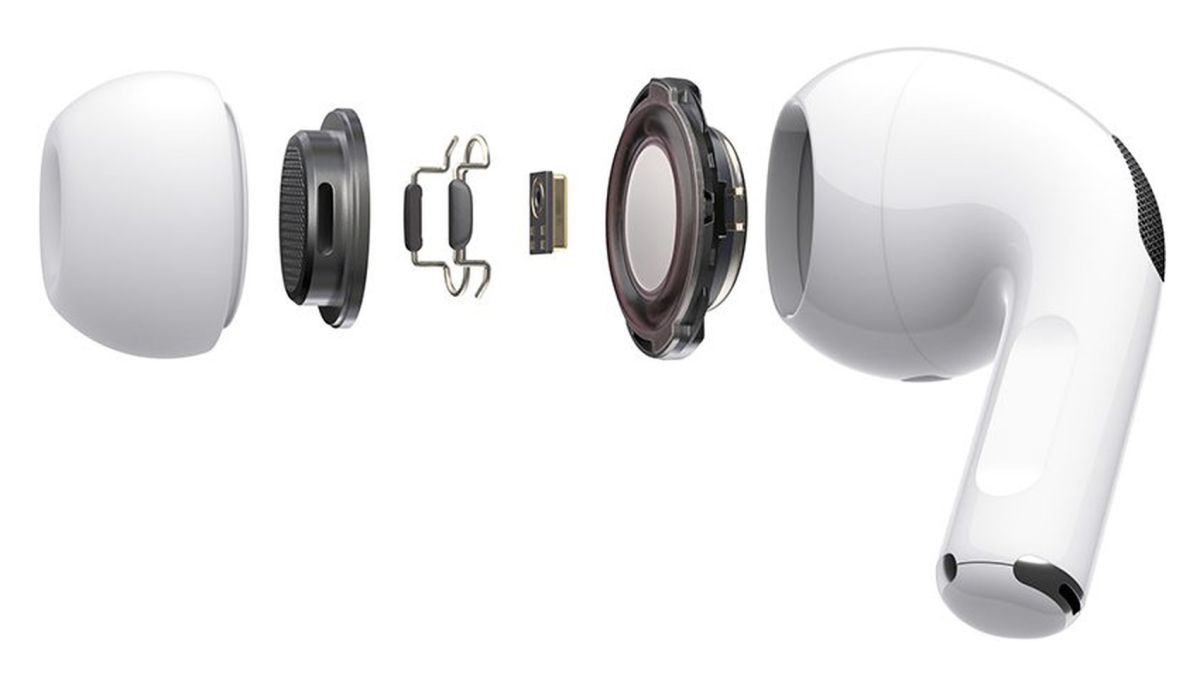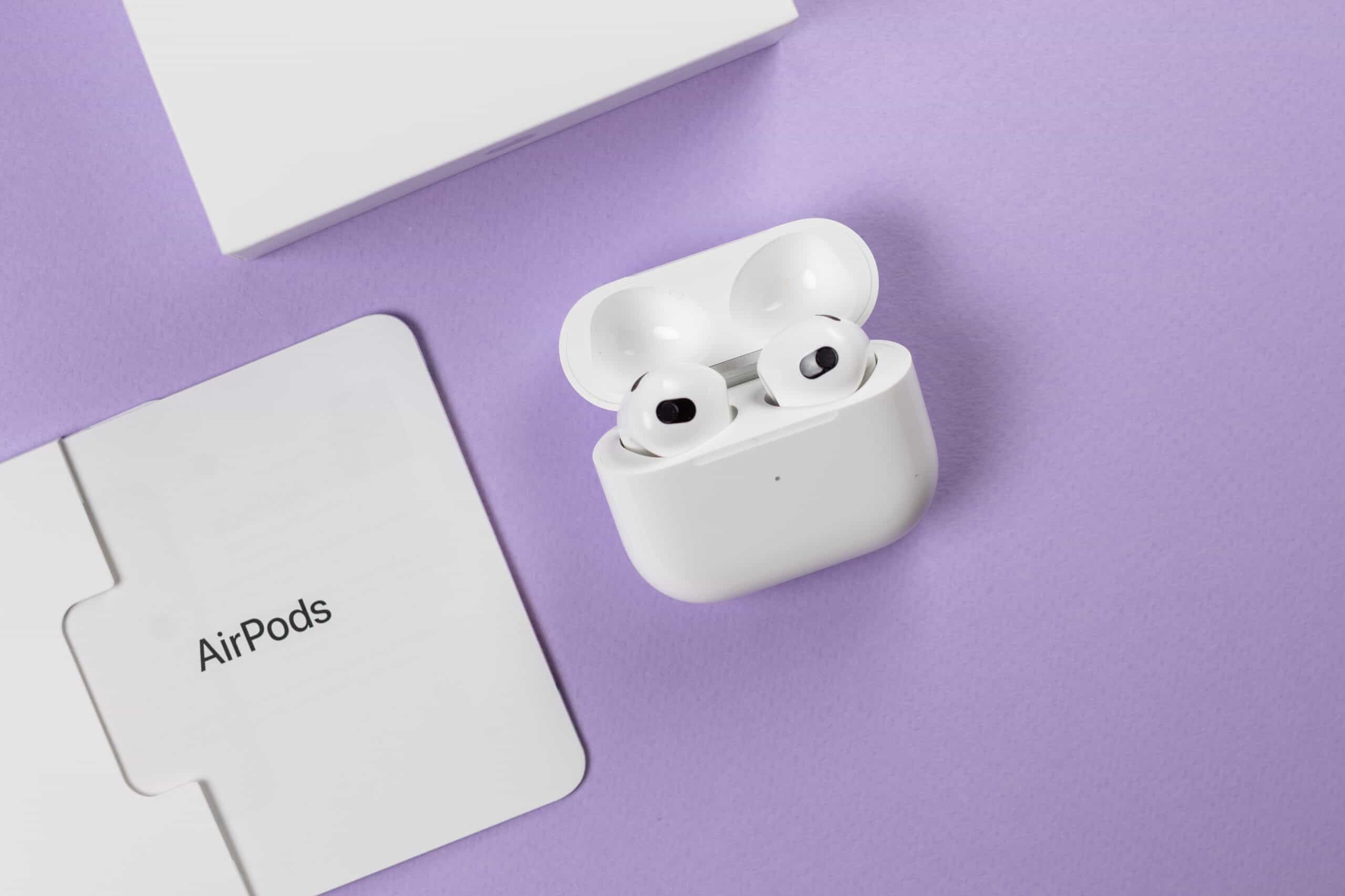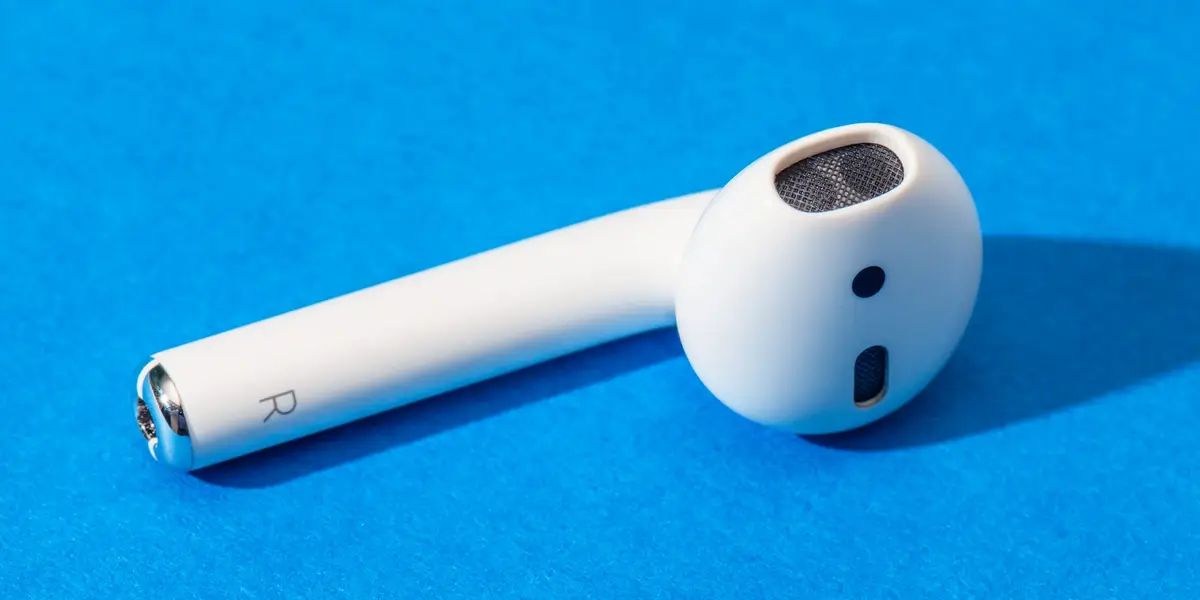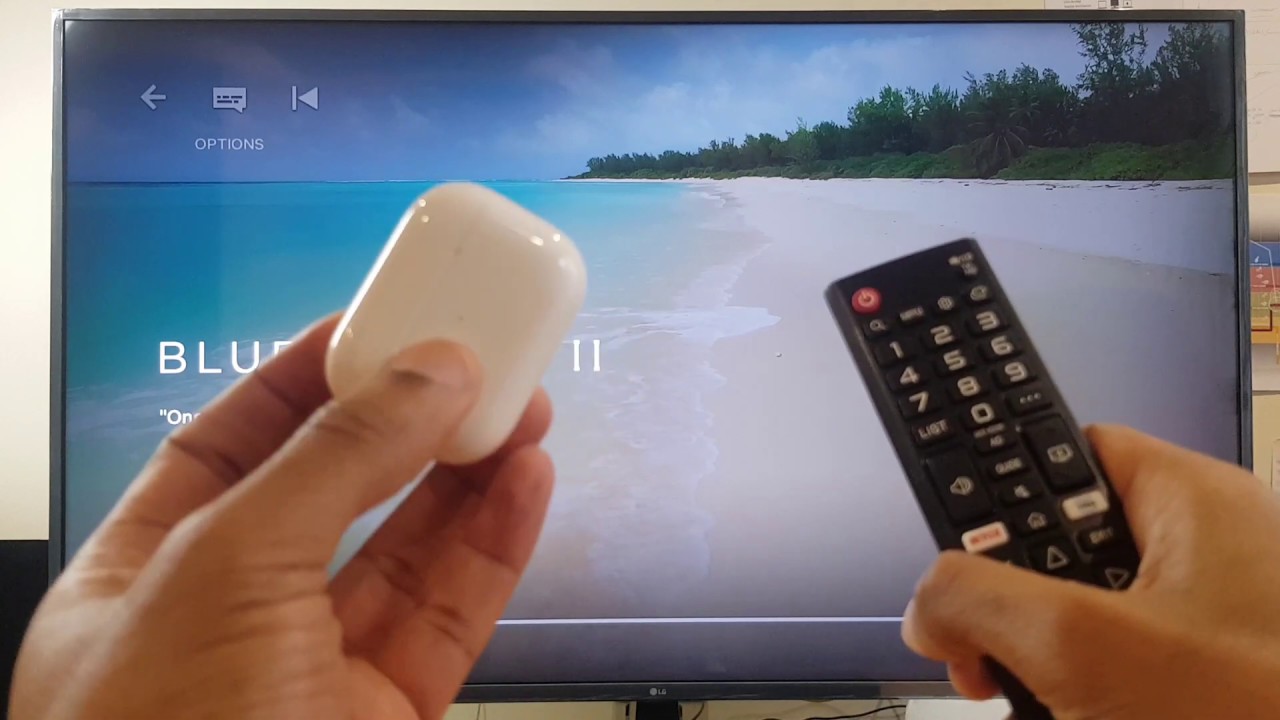Introduction
Have you noticed that your AirPods are sounding unusually low? It can be frustrating when you’re trying to enjoy your favorite tunes or have a crystal-clear conversation, only to be met with a lackluster audio experience. But don’t worry, you’re not alone! Many AirPods users have encountered this issue and have wondered what causes it and how to fix it.
Low volume on AirPods can stem from various factors, including hardware and software issues. It’s essential to identify the root cause to determine the best solution to boost the volume and restore your listening pleasure. In this article, we’ll explore the common causes of low volume on AirPods and provide you with practical tips on how to resolve the issue.
From issues with the volume limit settings to ear wax buildup and connectivity problems, there are several factors that can contribute to the low volume on your AirPods. Understanding these causes will help you troubleshoot the problem effectively and get your AirPods sounding high and clear again. So, let’s dive into the various factors that could be affecting your AirPods’ volume and explore the solutions to regain that immersive audio experience!
Common Causes of Low Volume on AirPods
When your AirPods sound low, several factors could be causing this issue. Let’s take a closer look at the most common culprits:
- Issue with Volume Limit: One possible reason for low volume is that the volume limit on your AirPods is set too low. The volume limit feature is designed to protect your hearing, but it can inadvertently restrict the maximum volume output. Checking and adjusting this setting might resolve the issue.
- Ear Wax Buildup: Another common cause of low volume is a buildup of ear wax in the AirPods’ speaker grills. Over time, ear wax can accumulate, obstructing the sound output and resulting in reduced volume. Cleaning the AirPods ensures maximum sound clarity and volume.
- Software Issues: Occasionally, software glitches or bugs can affect the volume output on AirPods. This can happen after a software update, causing the volume levels to be lower than usual. Checking for software updates and installing them can often fix such issues.
- Connectivity Problems: Poor Bluetooth connectivity between your AirPods and the connected device can impact volume levels. Interference or distance between the AirPods and the device can weaken the signal, leading to diminished volume. Troubleshooting connectivity problems may resolve this issue.
Identifying the specific cause of low volume on your AirPods is crucial in finding an appropriate solution. In the following sections, we will delve deeper into each of these causes, providing step-by-step guidance on how to troubleshoot and rectify the low volume problem. By addressing these common issues, you can significantly improve the audio quality and volume output of your AirPods.
Issue with Volume Limit
Your AirPods come with a built-in volume limit feature to prevent potential hearing damage. While this is a great safety measure, it can sometimes be the reason behind your AirPods sounding low.
To check and adjust the volume limit settings on your AirPods, follow these steps:
- Open the Settings app on your iPhone or iPad.
- Scroll down and tap on “Music”.
- Under the “Playback” section, look for “Volume Limit” and tap on it.
If you have enabled the “Volume Limit” option, you will need to adjust it accordingly. Drag the slider to increase the volume limit to your desired level.
Additionally, check if the “Sound Check” feature is enabled. This feature helps to normalize the volume levels of different songs, preventing sudden volume fluctuations. To enable or disable “Sound Check”, go to the “Music” section in the Settings app and toggle the “Sound Check” switch.
After adjusting the volume limit and checking the “Sound Check” feature, test the volume on your AirPods to see if it has improved. If the issue persists, move on to the next troubleshooting step.
Note that adjusting the volume limit only impacts the maximum volume output allowed on your AirPods. If the volume is still low after increasing the limit, it may indicate a different underlying cause. In such cases, proceed to explore other potential factors outlined in the following sections.
Ear Wax Buildup
A common cause of low volume on AirPods is the accumulation of ear wax in the speaker grills. Over time, small particles of wax can block the sound output, resulting in reduced volume and compromised audio quality.
To address this issue, you can follow these steps to clean your AirPods:
- Gently remove the AirPods from your ears.
- Inspect the speaker grills for any visible debris or wax buildup.
- If you notice any wax, use a soft, dry brush or a clean, lint-free cloth to remove it carefully. Be gentle to avoid pushing the wax further into the speaker grills.
- For stubborn wax that is difficult to remove, you can try using a small amount of rubbing alcohol on a cotton swab. Dampen the cotton swab with the rubbing alcohol and gently swipe the speaker grills to dissolve the wax.
- Allow the AirPods to dry completely before placing them back in your ears.
Regularly cleaning your AirPods can prevent wax accumulation and maintain optimal sound quality. It’s a good practice to clean them at least once a month, or more frequently if you notice a significant buildup.
Remember to be cautious and gentle while cleaning the AirPods to avoid any damage to the delicate speakers. If the low volume issue continues even after cleaning, proceed to the next troubleshooting step.
By addressing potential ear wax buildup, you can restore the full volume capacity of your AirPods and enjoy crisp and clear audio during your listening sessions.
Software Issues
Software glitches or bugs can occasionally disrupt the volume output on your AirPods. These issues may arise after a software update or due to compatibility conflicts with other apps or devices.
To resolve software-related problems that may be causing low volume on your AirPods, try the following troubleshooting steps:
- Check for software updates: Ensure that your AirPods and the connected device (such as your iPhone or iPad) are running on the latest software. Software updates often include bug fixes and improvements that can address volume-related issues.
- Restart your connected device: Sometimes a simple restart can help resolve software glitches that may be affecting the volume. Restart your iPhone or iPad by holding down the power button until the “Slide to power off” option appears, then slide to power off. Once it’s off, press and hold the power button again to turn it back on.
- Reset your AirPods: If updating the software and restarting your device doesn’t solve the problem, you can try resetting your AirPods. To do this, go to the Bluetooth settings on your device and tap the “i” icon next to your AirPods. Then, select “Forget This Device” and confirm. Afterward, put your AirPods back in their case, close the lid, and wait for a few seconds before reopening the case. Your AirPods will enter pairing mode, and you can reconnect them to your device.
After performing these steps, test the volume on your AirPods to see if the issue is resolved. If the low volume problem persists, there may be another underlying cause that requires further troubleshooting.
By ensuring that your software is up to date and performing the necessary resets, you can address any software-related issues that may be impacting the volume output of your AirPods.
Connectivity Problems
Connectivity problems between your AirPods and the connected device can result in low volume or poor audio quality. Weak Bluetooth signal, interference, or distance between the AirPods and the device can all contribute to this issue. Here are some steps to troubleshoot connectivity problems:
- Ensure that your AirPods are within the Bluetooth range of the connected device. Ideally, the device and AirPods should be within a maximum range of 30 feet (10 meters) for optimal connectivity.
- Check for any physical obstructions or interference that may be affecting the Bluetooth signal. Walls, furniture, and other electronic devices can potentially disrupt the connection. Try repositioning yourself and your device to improve the signal quality.
- Restart the Bluetooth on your connected device. Disable Bluetooth and then enable it again. This helps refresh the connection and may resolve any temporary connectivity issues.
- If you’re experiencing connectivity problems specifically with your AirPods, try resetting them. Put your AirPods back in their case and open the lid. Press and hold the setup button located on the back of the case until the LED indicator flashes amber. Your AirPods will then enter into pairing mode, allowing you to reconnect them to your device.
- If none of the above steps resolve the connectivity issue, you can try unpairing and re-pairing your AirPods with your device. Go to the Bluetooth settings on your device, find your AirPods in the list of connected devices, and select “Forget This Device”. Then, put your AirPods back in their case, close the lid, and follow the standard pairing process to reconnect them.
After troubleshooting the connectivity problems, test the volume on your AirPods to see if it has improved. If you still experience low volume issues, there may be other factors contributing to the problem.
By ensuring a strong and stable Bluetooth connection between your AirPods and the connected device, you can eliminate one potential cause of low volume and enjoy uninterrupted audio playback.
Tips to Increase the Volume on AirPods
If you’re still experiencing low volume on your AirPods after troubleshooting the common causes mentioned earlier, there are a few additional tips you can try to boost the volume:
- Clean your AirPods: Regularly cleaning your AirPods can prevent any debris or wax buildup that may be affecting the volume. Use a soft, dry brush or a clean, lint-free cloth to gently remove any dirt or grime from the speaker grills. This ensures optimal sound quality and volume.
- Adjust volume limit settings: As mentioned earlier, the volume limit feature on your AirPods may be restricting the maximum volume output. Head to the Settings app on your iPhone or iPad, navigate to “Music”, and adjust the volume limit accordingly.
- Reset your AirPods: Resetting your AirPods can help resolve any software glitches or issues that may be impacting the volume. Put your AirPods back in their case, open the lid, and press and hold the setup button on the back of the case until the LED indicator flashes amber. Reconnecting your AirPods to your device after resetting them may improve the volume.
- Check the software and update if necessary: Make sure that both your AirPods and the connected device have the latest software updates installed. Software updates often include bug fixes and improvements that can enhance the performance and volume output of your AirPods.
- Troubleshoot connectivity problems: Weak Bluetooth connectivity can impact the volume of your AirPods. Follow the steps mentioned earlier to ensure a strong and stable connection between your AirPods and the connected device.
Implementing these tips can help increase the volume of your AirPods and enhance your overall audio experience. However, if the low volume issue persists even after trying these solutions, it is recommended to contact Apple Support for further assistance.
Remember that optimal volume levels are essential for both enjoyment and protecting your hearing. Adjust the volume to a comfortable level that allows you to appreciate the audio while maintaining a safe listening experience.
Clean Your AirPods
Regularly cleaning your AirPods is crucial for maintaining optimal sound quality and volume. Over time, dirt, debris, and ear wax can accumulate in the speaker grills, causing a decrease in volume and compromising the audio experience. Here are some steps to effectively clean your AirPods:
- Gently remove the AirPods from your ears and inspect the speaker grills for any visible buildup.
- Use a soft, dry brush or a clean, lint-free cloth to lightly brush or wipe away any dirt or debris on the surface of the AirPods.
- If you notice stubborn wax buildup, dampen a clean, lint-free cloth with a small amount of water or rubbing alcohol. Gently wipe down the speaker grills, being careful not to apply too much liquid. Avoid getting any moisture into the charging port or any other openings.
- For hard-to-reach areas or persistent debris, you can use a soft-bristled toothbrush or a clean, dry toothpick to carefully dislodge the buildup. Again, be gentle to avoid any damage to the delicate components.
- Allow your AirPods to dry completely before using them again. It’s essential to ensure that no moisture remains before putting them back in the charging case or your ears.
It’s recommended to clean your AirPods at least once a month or more frequently if you notice a significant buildup. By regularly cleaning your AirPods, you can maintain optimal sound quality, prevent reduced volume, and enjoy a clear and immersive audio experience.
Remember to handle your AirPods with care during the cleaning process, as they contain sensitive electronic components. Avoid using excessive force or harsh cleaning agents that could potentially damage the devices.
If you have tried cleaning your AirPods but still experience low volume issues, continue exploring the troubleshooting steps outlined earlier to address other potential causes.
Adjust Volume Limit Settings
If you find that your AirPods are sounding low, one possible cause could be that the volume limit settings are configured too low. The volume limit feature is designed to protect your hearing, but it can unintentionally restrict the maximum volume output on your AirPods.
To adjust the volume limit settings on your AirPods, follow these steps:
- Open the Settings app on your iPhone or iPad.
- Scroll down and tap on “Music” or “Settings” (depending on your device’s software version).
- Look for the “Volume Limit” option and tap on it.
- If the volume limit feature is enabled, you can adjust the maximum volume by dragging the slider to the desired level.
It’s important to note that increasing the volume limit only affects the maximum volume output allowed on your AirPods. If you’ve already adjusted this setting and are still experiencing low volume, there may be other factors at play.
In addition to adjusting the volume limit, you may also want to check if the “Sound Check” feature is enabled. Sound Check helps to normalize the volume levels of different songs, preventing sudden volume fluctuations. To enable or disable Sound Check, go to the “Music” or “Settings” section in the Settings app and toggle the Sound Check switch.
After adjusting the volume limit and checking the Sound Check feature, test the volume on your AirPods to see if it has improved. If the issue persists, continue exploring the troubleshooting steps outlined earlier to identify and resolve other potential causes.
Remember to listen at a comfortable volume and be mindful of your hearing health. Adjust the volume to a level that allows you to enjoy your audio content while still protecting your ears.
Reset Your AirPods
If you’re still experiencing low volume on your AirPods, resetting them can help resolve any software-related issues that may be affecting the volume. Resetting your AirPods essentially restores them to their default settings and can often fix connectivity or performance problems. Here’s how you can reset your AirPods:
- Put your AirPods back in their charging case and close the lid.
- Wait for about 30 seconds, then open the lid of the charging case.
- Press and hold the setup button located on the back of the case until the LED indicator on the front of the case starts flashing amber.
- Keep holding the setup button until the LED indicator changes to white and then begins flashing amber again.
- Release the setup button and place your AirPods close to your device that they are paired with.
- Follow the on-screen prompts on your device to reconnect the AirPods.
Once the AirPods have been successfully reset and reconnected, test the volume to see if the issue has been resolved. It’s worth noting that resetting your AirPods will not erase any saved data or settings on your connected device.
If you still experience low volume after resetting your AirPods, continue troubleshooting using the other methods mentioned earlier to address potential causes of the issue.
Resetting your AirPods can be a useful step in resolving software-related issues that may be affecting volume levels. By restoring them to their default settings, you can potentially eliminate software glitches and improve the overall performance and volume output of your AirPods.
Check the Software and Update if Necessary
If you are experiencing low volume on your AirPods, it’s important to check if both your AirPods and the connected device have the latest software updates installed. Software updates often include bug fixes, performance improvements, and enhancements that can address volume-related issues.
To check for software updates on your iPhone or iPad, follow these steps:
- Go to the Settings app on your device.
- Scroll down and tap on “General”.
- Select “Software Update”.
If there are any available updates, follow the on-screen instructions to download and install them. Make sure your AirPods are connected or paired with your device during the update process.
In addition to updating the software on your connected device, it’s also important to ensure that your AirPods are running on the latest firmware. The firmware update process is usually automatic when you connect your AirPods to a device with an internet connection. However, if you suspect that your AirPods may not be on the latest firmware, you can try the following steps:
- Ensure that your AirPods are connected or paired with your iPhone or iPad.
- Place your AirPods in the charging case and connect the case to a power source.
- Keep your AirPods within close proximity to your connected device.
- Wait for a few minutes, and your AirPods should automatically update to the latest firmware if an update is available.
After updating both the software on your device and the firmware on your AirPods, test the volume to see if the issue has been resolved. If the low volume problem persists, continue exploring the troubleshooting steps mentioned earlier to identify and address any other potential causes.
Keeping your AirPods and connected device up to date ensures that you have the latest improvements and bug fixes that can help enhance the overall performance, including volume output, of your AirPods.
Troubleshooting Connectivity Problems
If you’re experiencing low volume on your AirPods, connectivity problems could be the culprit. Weak Bluetooth signal, interference, or distance between your AirPods and the connected device can all affect the volume output. Here are some troubleshooting steps to help resolve connectivity issues:
- Ensure that your AirPods are within the Bluetooth range of the connected device. Ideally, the device and AirPods should be within a maximum range of 30 feet (10 meters) for optimal connectivity.
- Check for any physical obstructions or sources of interference that may be affecting the Bluetooth signal. Walls, furniture, or other electronic devices can potentially disrupt the connection. Try repositioning yourself and your device to minimize interference and improve signal quality.
- Restart the Bluetooth on your connected device. Disable Bluetooth and then enable it again. This helps refresh the connection and may resolve any temporary connectivity issues.
- If you’re experiencing specific connectivity problems with your AirPods, try resetting them. Put your AirPods back in the charging case and open the lid. Press and hold the setup button located on the back of the case until the LED indicator flashes amber. Reconnecting your AirPods to your device after resetting them may help improve the connectivity and volume.
- If none of the above steps resolve the connectivity issue, you can try unpairing and re-pairing your AirPods with your device. Go to the Bluetooth settings on your device, find your AirPods in the list of connected devices, and select “Forget This Device”. Then, put your AirPods back in the charging case, close the lid, and follow the standard pairing process to reconnect them.
After troubleshooting the connectivity problems, test the volume on your AirPods to see if the issue has been resolved. If you still experience low volume, you may need to explore other potential causes or contact Apple Support for assistance.
By addressing and resolving any connectivity issues, you can ensure a strong and stable connection between your AirPods and the connected device, resulting in a better audio experience and improved volume output.
Conclusion
Experiencing low volume on your AirPods can be frustrating, but understanding the common causes and implementing the appropriate solutions can help you restore the volume and enjoy your audio content to the fullest. By troubleshooting factors like volume limit settings, ear wax buildup, software issues, and connectivity problems, you can eliminate potential roadblocks that may be affecting the volume output of your AirPods.
Remember to adjust the volume limit settings to your preference, clean your AirPods regularly to prevent debris buildup, update the software on your device and AirPods when necessary, and troubleshoot any connectivity problems that may be hampering the volume. By following these steps and tips, you can enhance the audio quality and ensure optimal volume on your AirPods.
If you have tried all the troubleshooting methods outlined in this article and are still experiencing low volume issues on your AirPods, it is recommended to contact Apple Support for further assistance. They can provide personalized guidance and assistance to help resolve the problem.
By taking proactive measures to address volume issues, you can continue enjoying your music, podcasts, and calls with clear and immersive sound on your AirPods.









